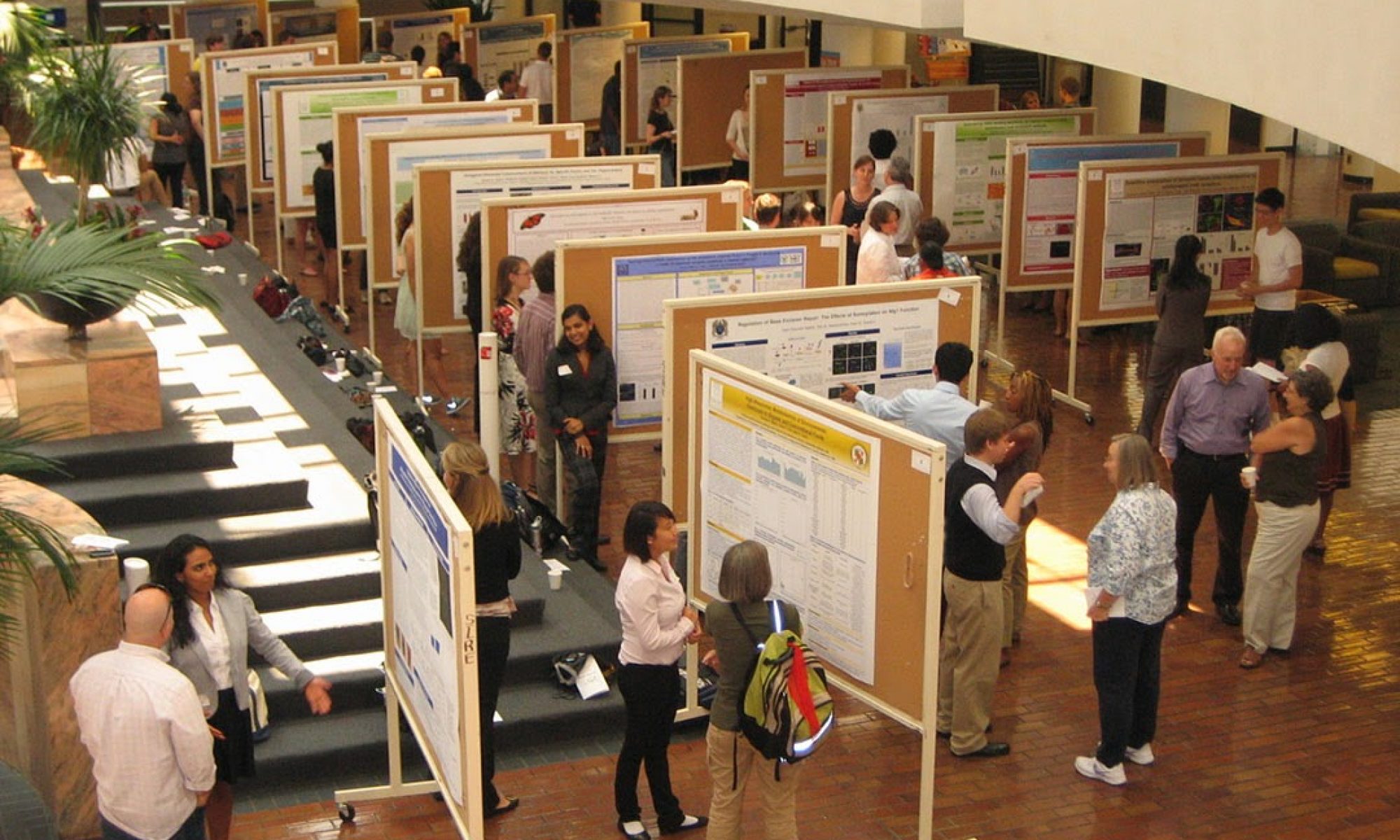Over the past few months, as I dug into archives regarding Taiwanese dance history during Japanese colonial days and the development of modern dance in Taiwan, I began to reshape my research question in attempts to examine how Taiwanese cultural identity is reflected in dance throughout the last 100 years.
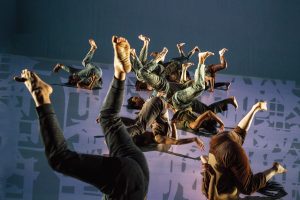
Research Question
As a Han Taiwanese, I am interested in how social changes catalyzed the development of professional concert dance among Han Taiwanese during Japanese colonization. I also want to look into how Taiwanese identity has evolved from the post colonial era into the millennial reflecting in dance styles. Specifically, I will analyze pieces made by iconic modern dance choreographers from the late 1940s to present.
Method
In order to analyze and describe dance, I draw knowledge and skills from one of my current classes— Dance Literacy. Rudolf Laban (1879-1958) was a dance theorist and teacher whose studies of human motion provided the intellectual foundations for the development of central European modern dance. Laban also developed Labanotation, a widely used movement-notation system (Encyclopaedia Britannica). Three major systems of movement classification constitute his framework:
1. Kinetography Laban or Labanotation, objective movement analysis anddescription
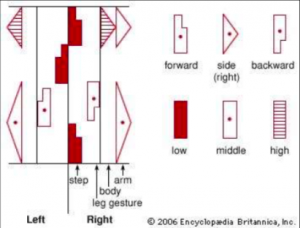
2. Eukinetics and Effort, the theory dealing with the dynamic structure of movement
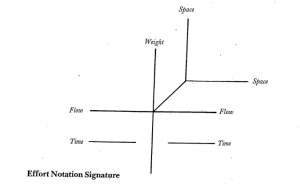
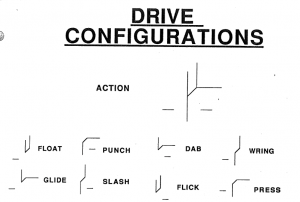
3. Choreutics, or Space Harmony, the theory investigating spatial relationships of movement and dance
[https://scholarblogs.emory.edu/sire299thees/files/2018/03/space-harmony-forms.pdf]
Laban’s famous pupil, Irmgard Bartenieff furthered Laban’s concepts and developed the movement techniques called Bartenieff Fundamentals. “The work of Irmgard Bartenieff and her many collaborators and pupils is the very greatest importance in research on mother-infant relationships, the social behavior of primitive people, choreometric styles around the world, work with psychiatric patients, studies of animal behavior,” said Margaret Mead. Bartenieff Fundamentals include the following principles:
- Total body connectivity
- Breath support
- Grounding
- Developmental progression
- Intent
- Complexity
- Inner-Outer
- Function-Expression
- Stability-Mobility
- Exertion-Recuperation
- Phrasing
- Personal uniqueness
Analysis
Over the spring break I analyzed 14 dance pieces done by 4 iconic Taiwanese modern dance choreographers and compiled my notes into charts based on criteria like body, space, shape, and effort. I will be organizing the notes to find patterns in dance styles of each choreographer and look into the influences of social changes during their developmental years that may be reflected in their dance pieces. Also, I will take into account of how these choreographers inspire and influence each other’s styles. Here is my raw data:
Jui-Yueh Tsai (1921-2005)— the mother of Taiwanese modern dance
| Productions | Shape— pin-pointed, wall, ball, spiral | Effort—weight (light/strong), time(quick/sustained), flow(free/bound), space(direct/indirect) | Space— vertical, horizontal, sagittal (1D, 2D, 3D) | Body— initiation of movement, sequential/simultaneous, breath support |
| Bones of Brave Warriors (1953) | pin point and more wall, few ball | bound, indirect and more direct, more quick and some sustained, light | more 2D than 3D, more sagittal and some horizontal, | sequential, more structured, shape orientated |
| We love our Taiwan (1946) | wall, ball, more pin point | direct, quick, bound, light and few strong | more 2D, sagittal, | sequential and some simultaneous, shape orientated |
| Chase (1949) | wall, some spiral | light, sustained, indirect, free | sagittal, diagonal, more 2D and some 3D | pelvis, sequential, shape orientated, structured |
| Puppet (1953) | wall, some ball | direct, bound flow, more quick than sustained, more light than strong | sagittal, more 2D and some 3D, horizontal | sequential, more literal than abstract (narrative), spine initiation |
Henry Yu (1941-)— the father of Taiwanese modern dance
| Productions | Shape— pin-pointed, wall, ball, spiral | Effort—weight (light/strong), time(quick/sustained), flow(free/bound), space(direct/indirect) | Space— vertical, horizontal, sagittal (1D, 2D, 3D) | Body— initiation of movement, sequential/simultaneous, breath support |
| Black Angel (1979) | wall, a few spiral, ball (back) | direct, strong, quick, bound (mostly) | horizontal, sagittal, mostly 2D and some 3D | peripheral (hand & leg) initiation, more simultaneous |
Hwai-Min Lin (1947-)— the founder of first Taiwanese modern dance company “Cloud Gate Dance Theater”
| Productions | Shape— pin-pointed, wall, ball, spiral | Effort—weight (light/strong), time(quick/sustained), flow(free/bound), space(direct/indirect) | Space— vertical, horizontal, sagittal (1D, 2D, 3D) | Body— initiation of movement, sequential/simultaneous, breath support |
| Formosa (2017) | predominantly spiral, some wall, little ball, and no pin-point | both light and strong (more), both quick and sustained (more), both bound and free (more), mostly indirect | Mostly 3D and some 2D (plane), more vertical and sagittal (forward) | use breath to move like qigong, simultaneous, |
| Dust (2014) | mostly wall and some spiral, architectural(shape orientated) | bound, both quick and sustained,strong, direct | mostly 2D (vertical + sagittal) and some 3D, mostly vertical | sequential, head-tail connection, breathe to jerk |
| White Water (2014) | mostly spiral and wall, few pin-point, and little ball, architectural(shape orientated) | mostly indirect, light, free, both quick and sustained (more) | vertical stress with some horizontal and sagittal, 2D and 3D | arms, legs, and spine to initiate movement |
| Rice (2013) | mostly wall and spiral, some ball | both quick and sustained (more), bound flow, indirect, strong | 3D and few 2D, sagittal and horizontal | both sequential and simultaneous, breath for flow |
| Pine Smoke (2003) | spiral and some wall, architectural(shape orientated) | both quick and sustained (more), indirect, free and some bound, both strong and light (more) | diagonal, 3D and 2D, mostly horizontal, some sagittal | breath to move suddenly and evenly, both sequential and simultaneous |
Tsung-Lung Cheng (1976-)— the artistic director of “Cloud Gate 2”
| Productions | Shape— pin-pointed, wall, ball, spiral | Effort—weight (light/strong), time(quick/sustained), flow(free/bound), space(direct/indirect) | Space— vertical, horizontal, sagittal (1D, 2D, 3D) | Body— initiation of movement, sequential/simultaneous, breath support |
| 13 tongues (2016) | mostly spiral and some ball and wall | sustained, indirect, more free and some bound, strong | 3D and some 2D, more sagittal and horizontal, diagonal | core initiation, sequential and more simultaneous, |
| Beckoning (2015) | spiral, more wall and some ball, | indirect, bound flow, sustained, light | diagonal, sagittal, horizontal, circular pathway | grounded, sequential, head and pelvis initiation |
| Blue hour (2013) | mostly wall and some spiral | both quick and sustained, both strong and light, more indirect, bound | 3D, improvisational | breath for abrupt movement, simultaneous |
Links to dance pieces:
Tsai
https://www.youtube.com/watch?v=8JaUMn0c4a8
https://www.youtube.com/watch?v=-z7lPWd-RV8&t=31s
https://www.youtube.com/watch?v=syN0deWvQ0c
https://www.youtube.com/watch?v=PezHlV2xxH8 (full performance)
Yu
https://www.youtube.com/watch?v=uU1RrvSSozQ (from beginning to 35 seconds)
Lin
http://www.cloudgate.org.tw/en/production-formosa.html
http://www.cloudgate.org.tw/en/production-pine-smoke.html
http://www.cloudgate.org.tw/en/production-rice.html
http://www.cloudgate.org.tw/en/production-dust-and-white-water.html
Cheng
http://www.cloudgate.org.tw/en/production-13-tongues.html
http://www.cloudgate.org.tw/en/production-beckoning-and-blue-hour.html
